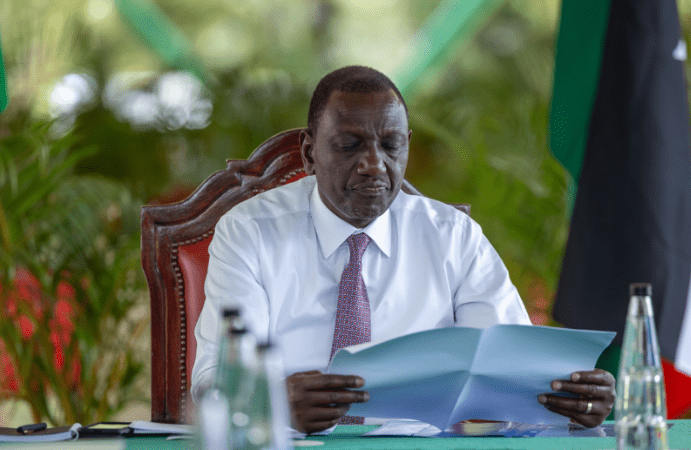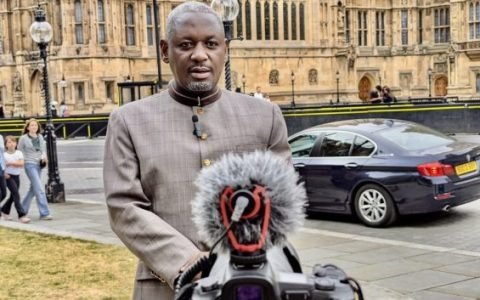Protests: Moi-era mindset won’t work for Ruto regime

Kenya is at a crossroads. Recent protest by Generation Z or Zoomers (Gen Z), millennials and my age group Generation X, now supported by most parents, have taken to the streets to show their dissatisfaction against the 2024 Finance Bill that has several punitive tax increases.
Well, this has rekindled memories of old “Turks” when the likes of James Orengo, Raila Odinga, Gitobu Imanyara, Kenneth Matiba, Charles Rubia, George Anyona, Willy Mutunga, Kivutha Kibwana and Martin Shikuku, among other prominent politicians, led protests to allow more robust multiparty democracy.
It took 29 years to deliver the new Constitution and other laws. The key achievement falls under articles 172-76 that deal with counties under the two-tier system of government - national and county.
At the time, it had been 29 years since independence. The Gen Z protests are happening 60 years after Kenya gained self-rule, generations apart.
The current generation are growing up in a different nation. It is a nation connected by technological advancement, entertainment, citizen journalism, bloggers and comedians, as well as skilled professionals like doctors, lawyers, actuarial science graduates, IT gurus, political scientists, engineers and researchers, unlike the older generation.
So it would be quite difficult to operate with the mindset of the Moi era under the new Constitution. This is why the William Ruto administration should look for a subtler modus operandi. With tech-savvy youthful professionals with Facebook, Twitter, Instagram and TikTok handles, it remains to be seen how leaderless youthful teams can be abducted and murdered, and to achieve what?
Let’s review some history. In the Jomo Kenyatta era, immediately after independence, targeted assassinations started on 24 February 1965, in the Westland’s neighborhood of Parklands in Nairobi, when Pio Gama Pinto was shot dead at the gate of his home. Other high-profile politicians assassinated included Tom Mboya in 1969, JM Kariuki in 1975 and Robert Ouko, who was found murdered on 13 February 1990.
Other assassinations of prominent people happened in the years that followed, such as the killing of Father John Kaiser of the Catholic Church in August 2000, University of Nairobi student leader Titus Adungosi in August 1988 and Anglican Bishop Alexander Kipsang Muge, who died in a suspicious road accident on August 14, 1990.
Nearly half a century since the assassinations of Mboya and Kariuki, a string of high-profile murder cases lies unresolved in court registries and in police files as poor investigations, lack of forensic technology and an apparent official conspiracy to cover up political murders continue to dog the country’s criminal justice system.
The toxic politics that led to the murders of political luminaries such as Mboya, Kariuki, Pinto and Ouko, as well as election violence in 1988, 1992, 1997, 2007 and 2013, is still with us.
The tyrannical tendencies of the government of the day for fear-mongering that worked under Jomo Kenyatta and Moi can’t work today. We have a strong Constitution that has streamlined how institutions function, how government should be run and services delivered to citizens.
Ruto sold hope to ‘hustlers’, bodaboda operators, mama mboga, mtu ya chini. With a population already suffering under the Uhuru Kenyatta regime, many Kenyans became gullible to Ruto ‘sweet’ empty rhetoric whose sole intention was to help him ascend to power.
After he was sworn in, he said as soon as he put the Bible down, things will change. Well, that now seems a distant mirage. He turned out to be an outright LIER.
— Abdullahi Alas is a Governance and Policy Analyst



